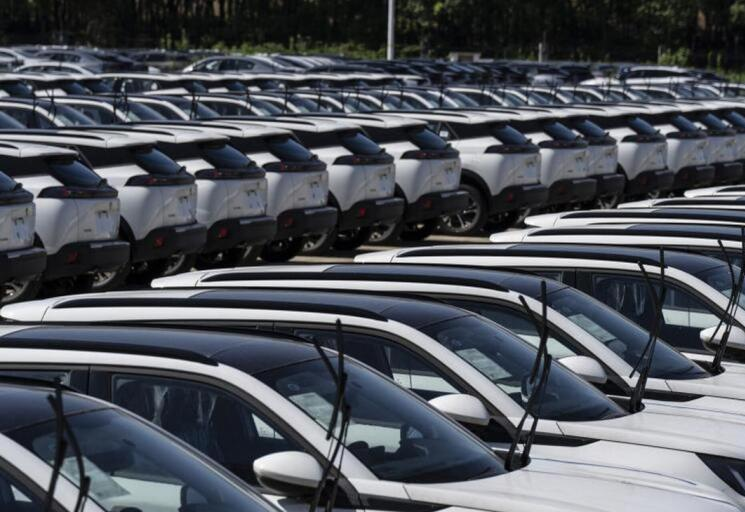
(Beijing News) China's 17 cities with a regional gross domestic product (GDP) of one trillion in the first half of this year's economic growth rate exceeded the national growth rate of 5%, and some analysts believe that one of the main reasons is driven by the new energy automobile industry.
China's 26 cities with a GDP of one trillion yuan have all released economic data for the first half of this year, becoming the engine driving the country's growth, according to China Business News. Among them, the above 17 cities account for about a quarter of the national economic aggregate: Quanzhou, Suzhou, Fuzhou, Chongqing, Shenzhen, Wuxi, Yantai, Qingdao, Nantong, Changzhou, Hefei, Beijing, Ningbo, Wuhan, Zhengzhou, Jinan and Dongguan.
According to the report, there are several reasons for the growth of these 17 cities, including the recovery of the original leading industries after setbacks, and the outbreak of new industries, especially the cities with new energy vehicles, and the rapid growth of some newly put into production after the release of production capacity.
Taking Chongqing, a big city in western China, as an example, the regional GDP reached 1.5138 trillion yuan in the first half of this year, a year-on-year growth of 6.1%. Among them, industry, especially the automobile industry, has become the main support. In the first half of the year, Chongqing's industrial added value above designated size increased by 8.6% year-on-year, 5.1 percentage points higher than the same period last year.
Driven by new energy vehicles, the added value of Chongqing's automobile industry increased by 30.3% year-on-year, 6.6 percentage points faster than the first quarter, driving the city's regulatory industrial growth of 5.1 percentage points, contributing 59.7% to the city's industrial growth.
However, not all cities with automotive manufacturing bases are experiencing rapid growth. According to the First financial report, affected by industrial transformation, product structure and capacity scale, some auto cities are also not performing well, while some emerging auto cities are growing rapidly because of the production of new energy vehicle projects.
On the other hand, after the Political Bureau of the Communist Party of China held a meeting last Tuesday (July 30) and proposed to strengthen industry self-discipline to prevent "internal volume" vicious competition, executives of many car companies such as Nio, Geely, Xiaopeng have issued a document opposing the weekly sales list of another car company, Ideal Car.
Among them, Ma Lin, assistant vice president of brand and communication of Weilai, shouted to Li Xiangli, chairman of Ideal Automobile, on Weibo: "The volume weekly list is more or less the meaning of a low level of internal volume, want to stop it, the mission of Chinese car companies in the current is to achieve technological breakthroughs through research and development, isn't it?"
"21st Century Business Herald" statistics found that from January to July this year, the sales of China's new car manufacturers were significantly differentiated, and the market share accelerated to the head, with Ideal and Hongmeng Zhixing exceeding 200,000 units. Zero Run, NiO, Deep Blue, polar Krypton followed, more than 100,000 vehicles; Xiaopeng and Nezha hover at 60,000; Polar Fox, Zhiji, Lantu and so on have not yet exceeded 40,000 units.

Recently, HP announced that it expects to cut 4,000 to 6,000 jobs worldwide by fiscal year 2028 as part of a plan to simplify operations and use artificial intelligence to accelerate product development, improve customer satisfaction, and enhance productivity.
Recently, HP announced that it expects to cut 4,000 to 6,00…
Recently, according to people Media, McDonald's announced t…
In the Geneva negotiation hall that day, by the time coffee…
On the evening of November 25th local time, the three major…
Amidst the intensifying global geopolitical conflicts and t…
As ESG concepts evolve and regulatory scrutiny intensifies,…